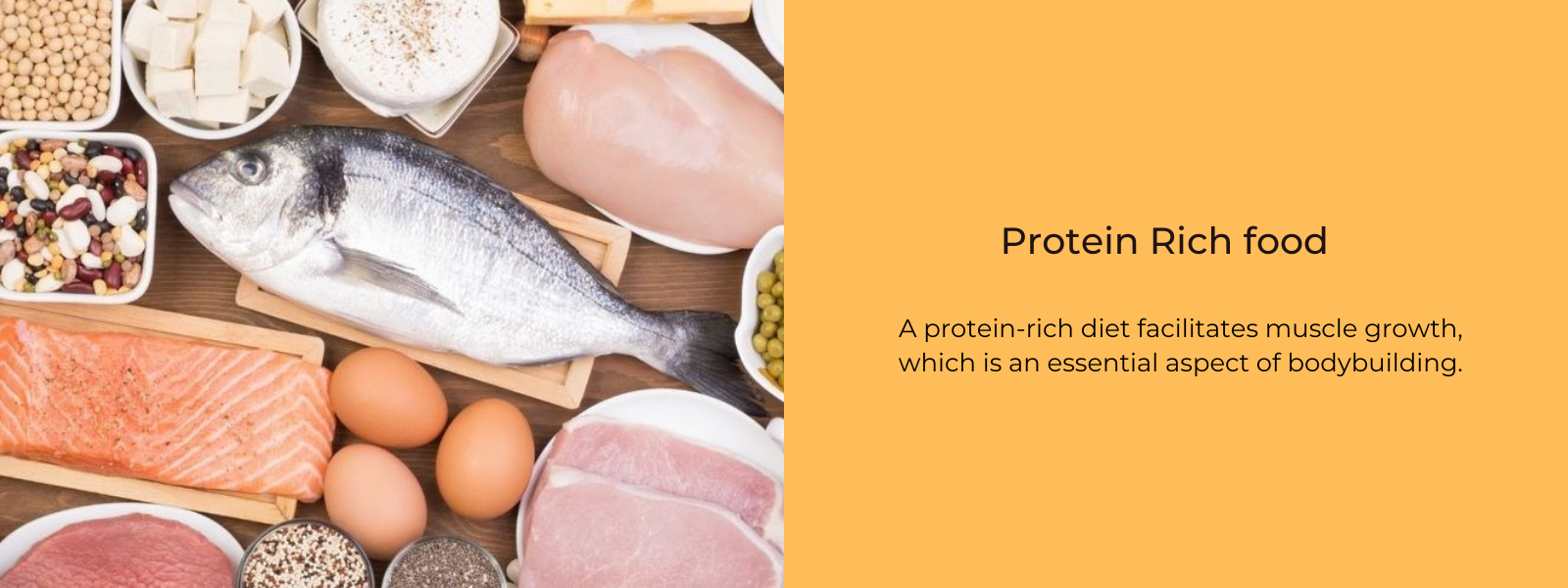A balanced and nutritious meal plan is a carefully crafted dietary strategy designed to provide a wide range of essential nutrients while promoting overall health and well-being. It includes a variety of foods from different food groups, emphasizing fruits, vegetables, whole grains, lean proteins, and healthy fats.
Table of Contents
What Do You Mean By Balanced and Nutritious Meal Plan?
A balanced and nutritious meal plan is a dietary strategy designed to provide your body with the necessary nutrients, in appropriate proportions, to support overall health and well-being. It typically includes a variety of foods from different food groups, each contributing essential nutrients like vitamins, minerals, carbohydrates, proteins, and fats. A balanced meal plan aims to meet your specific dietary goals or requirements, such as weight management, muscle gain, or maintaining health. It also focuses on portion control, ensuring you neither overeat nor underconsume, and may include whole, minimally processed foods while limiting items high in added sugars and unhealthy fats. The goal is to create a sustainable, health-promoting eating pattern that aligns with your individual needs and lifestyle.
Importance of Balanced and Nutritious Meal Plan:
A balanced and nutritious meal plan is essential for maintaining good health and overall well-being. It provides the body with the right mix of essential nutrients, such as vitamins, minerals, carbohydrates, proteins, and healthy fats, which are crucial for various bodily functions. A well-balanced diet supports healthy growth and development, helps manage weight, reduces the risk of chronic diseases, and boosts energy levels. It also promotes proper digestion, strengthens the immune system, and enhances mental clarity. By planning meals that incorporate a variety of foods from different food groups in appropriate proportions, individuals can optimize their nutrient intake and establish sustainable dietary habits that contribute to a healthier, more vibrant life.
Can A Balanced and Nutritious Meal Plan Help You Lose Weight?
Yes, a balanced and nutritious meal plan is a valuable tool for weight loss. Such a meal plan focuses on portion control, providing essential nutrients while reducing calorie intake. It includes foods that are filling and low in calories, helping you feel satisfied and less prone to overeating. A balanced meal plan also supports steady energy levels and metabolism, which can aid in burning fat for energy. Additionally, by incorporating lean proteins, whole grains, and plenty of fruits and vegetables, it can promote muscle preservation during weight loss. Importantly, this approach to eating is sustainable over the long term, making it more likely that you'll achieve and maintain your weight loss goals while prioritizing your overall health.
What Should A Balanced and Nutritious Meal Plan Include?
- Fruits and Vegetables: Incorporate a colorful array of fruits and vegetables to provide essential vitamins, minerals, and antioxidants.
- Whole Grains: Choose whole grains like brown rice, quinoa, and whole wheat bread for fiber and sustained energy.
- Lean Proteins: Include sources of lean protein such as poultry, fish, beans, lentils, and tofu to support muscle health and satiety.
- Healthy Fats: Opt for sources of healthy fats like avocados, nuts, and olive oil to support heart and brain health.
- Dairy or Dairy Alternatives: Include dairy products or their plant-based alternatives for calcium and vitamin D (if needed).
- Portion Control: Practice mindful eating and portion control to avoid overeating.
- Hydration: Stay well-hydrated with water and herbal teas while limiting sugary and high-calorie beverages.
- Balanced Meals: Create balanced meals by combining different food groups, ensuring each plate includes a mix of proteins, carbohydrates, and fats.
- Snacks: Plan healthy snacks, such as fruits, vegetables, or yogurt, to manage hunger between meals.
How To Create A Balanced and Nutritious Meal Plan?
Creating a balanced and nutritious meal plan is a great way to support your health and well-being. Here are steps to help you create one:
- Assess Your Nutritional Needs: Begin by understanding your individual nutritional requirements. Consider factors such as your age, gender, activity level, and any specific dietary restrictions or goals you have.
- Incorporate a Variety of Food Groups: Aim to include foods from all food groups, such as fruits, vegetables, whole grains, lean proteins, and healthy fats. A balanced meal plan should provide a wide range of nutrients.
- Portion Control: Pay attention to portion sizes to avoid overeating. Use visual cues, measuring cups, or a food scale to help you control portions.
- Set Realistic Goals: Determine your dietary goals, whether it's weight management, muscle gain, or maintaining overall health. Your meal plan should align with these objectives.
- Plan Regular Meals: Plan to eat three main meals and snacks throughout the day. Spacing your meals can help maintain consistent energy levels and control hunger.
- Include Protein: Incorporate lean sources of protein like poultry, fish, tofu, beans, and nuts in each meal. Protein is essential for muscle repair and overall health.
- Prioritize Whole Grains: Opt for whole grains like brown rice, quinoa, and whole wheat pasta over refined grains. They provide more nutrients and fiber.
- Load Up on Fruits and Vegetables: Aim to fill half your plate with fruits and vegetables at each meal. They are rich in vitamins, minerals, and fiber.
- Healthy Fats: Include sources of healthy fats such as avocados, nuts, seeds, and olive oil in your diet. These fats are crucial for various bodily functions.
- Hydrate: Don't forget to drink plenty of water throughout the day to stay hydrated. Limit sugary drinks and excessive caffeine.
- Minimize Added Sugars and Processed Foods: Try to reduce your intake of foods and beverages high in added sugars and processed items. These can lead to health issues if consumed in excess.
- Cook at Home: Preparing your meals at home gives you control over ingredients and preparation methods, promoting healthier choices.
- Meal Prep: Plan and prepare your meals and snacks in advance to make healthy choices convenient and minimize the temptation of less nutritious options.
- Balance Macronutrients: Ensure that your meals contain a balance of carbohydrates, proteins, and fats to meet your energy and nutritional needs.
- Listen to Your Body: Pay attention to your body's hunger and fullness cues, and eat mindfully to avoid overeating.
- Seek Professional Guidance: If you have specific dietary concerns or medical conditions, consider consulting a registered dietitian or nutritionist for personalized guidance.
- Monitor Progress: Keep track of your meal plan and its effects on your health and well-being, making adjustments as needed.
Creating a balanced and nutritious meal plan is a valuable step toward maintaining a healthy lifestyle. It promotes better overall health, supports your dietary goals, and ensures you're providing your body with the essential nutrients it needs.











Leave a comment